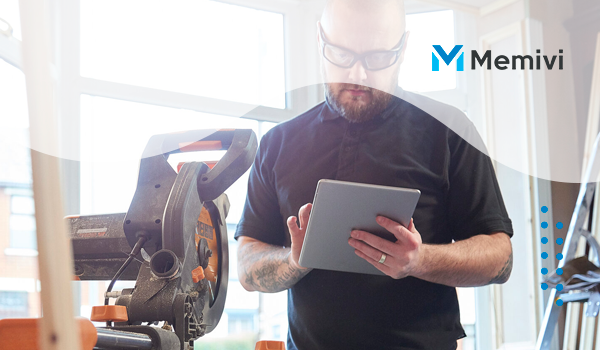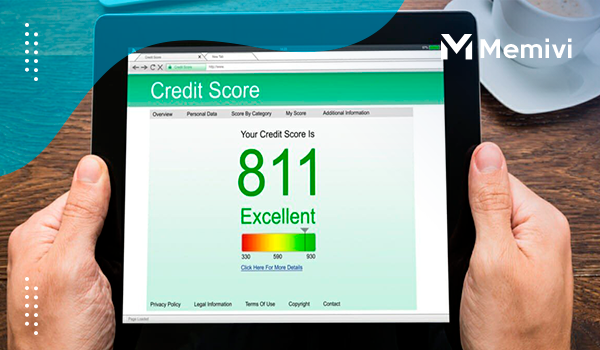
With so many people opting to be self-employed these days, it is important to be productive. However, it can be hard to find time to stay on task and get your work done. The best way to be productive is to have a plan. The plan should be in place before you start your day to give you a good idea of what you need to accomplish. A good plan should include your daily to-do list, which should be broken down into a few simple steps. It should also include your weekly and monthly goals. This way, you know what you need to do to reach your goals and you know when to do it.
It’s becoming more and more popular for people to become self-employed these days, but that doesn’t mean that it’s easy. Self-employment is a tough business to be in because you have to do all of the work yourself. You have to do the marketing, the sales and the marketing strategy.
On top of that, you have to be the one to find ways to increase your income. It’s very difficult to make a living giving freelance work. There’s a lot of competition and it can be difficult to build a client base. That’s why we’re going to go over some strategies to help you be more successful.
Many people are under the impression that a self-employed individual does not need to pay taxes. However, this is not true. People who are self-employed still need to pay taxes, and the self-employment tax rates are much higher for self-employed individuals than for employees. Especially if they have a larger income.
In Canada, people who work for themselves are required to pay self-employment taxes. This includes individual proprietors, partnerships, LLCs, and sole proprietorships. So if you are self-employed and is looking for ways to pay your income tax, this article will talk everything there is to know on how to pay your tax as a self-employed person in Canada.
What is a Self-Employed tax in Canada?
When you work for yourself, you are your own boss. You are responsible for all the work that you do and money that you earn. Therefore, you are also responsible for keeping track of your income and expenses with your tax return, and taxes will be taken out of your income.
Self-employed Canadians can get a tax credit for their Canadian Pension Plan contributions, but they must be aware of how to calculate that credit. Self-employed Canadians are responsible for paying all of their own taxes. This includes both income taxes and CPP contributions.
Who are considered self-employed for tax purposes?
If you are self-employed in Canada, you are not considered to be an employee. You are a sole proprietor, a sole-trader, or a partner in a partnership. You may have a regular source of income and/or be able to claim certain deductions. Other people who are considered self-employed and is eligible to pay taxes are:
- People participating in platform economy and its societal activities
- Freelancers
- Part-time business owners
- Partner in a trade or business
To explain further; a self-employed person is considered an independent contractor, while an employee is typically a full-time employee. This means that an employee will have a work contract, and the employer will provide everything the employee needs to do their job.
An independent contractor, on the other hand, will typically have their own business, and they will be responsible for getting their own supplies, materials, and equipment needed to do their job. This can lead to a difference in tax rates.
What are the types of self-employed taxes?
Self-employed taxes are different from business taxes because you’ll be accounting for these taxes on your own. Tax deductions are also available to the self-employed, but they will determine what is and isn’t deductible. As a self-employed individual, you’ll need to understand the types of self-employed tax you need to pay for before taking into account the deductibles. The following are the types of self-employed taxes for an individual:
- Employment insurance contributions in case you opt into the program
- Goods and services tax, harmonized sales tax and /or provincial sales tax if applicable
- Federal income tax
- Provincial income tax
- Canada Pension Plan (CPP) contributions
It is important to learn the different taxes available for you as a self-employed individual. Because if you failed to file your taxes, you may be facing penalties or will not be able to get provincial or territorial benefits like Canada Child Benefit and GST/HST tax credit.
Calculating self-employed taxes in Canada
As a self-employed Canadian, you will only have to pay taxes on the profits that you earn during the year. This section of the blog post will help you calculate how much you have to pay in taxes.
- 15% on the first $50,197 of taxable income
- 20.5% of taxable income over $50,197 up to $100,392
- 26% of taxable income over $100,392 up to $155,625
- 29% of taxable income over $155,625 up to $221,708
- 33% on taxable income over $221,708
Keep in mind that self-employed taxes vary from province to province so make sure that you check the list and find out the percentage of your taxable income.
What is a CCP Contribution?
A Canada Pension Plan Contribution (CPP) is a voluntary monthly payment made by a worker to finance their retirement in Canada. It is part of the Canada Pension Plan. The CPP was created by the Canada Pension Plan Act of 1965 in order to provide a financial safety net for Canadians and to ensure that Canadians can retire in dignity. A CPP contribution is mandatory, but the amount a worker pays is calculated based on the amount of income they make and their age.
Furthermore, people with taxable income of $3,500 and above is subject to Canada Pension Plan contribution. The contribution for self-employed individual however is 11.4% of your total income with a maximum of $6,999.60.
What is GST/HST?
GST/HST is a tax charged on most goods and services sold in Canada. The tax is charged on the seller and is paid by the buyer. GST is a value-added tax, meaning the tax is calculated based on the value added to the goods or services at each point in the production process.
As a self-employed individual and running a business, once you have earned $30,000 each month for three consecutive periods, GST/HST is applicable and you are considered not eligible as a small supplier. The latter doesn’t impose or require to have a GST/HST tax.
Moreover, GST/HST tax credit is available to many but you have to apply and calculate the necessary deduction related to your self-employment taxable income.
How can you file self-employed taxes in Canada?

Self-employment is an option for many Canadians. You may prefer to work for yourself and take greater control of your time, or you may simply want to pursue this part-time option. If you decide to file your taxes as self-employed, you’ll need to understand how your self-employment taxes are calculated so that you can take the right deductions to reduce your tax liability.
Now, as a self-employed individual you have to file the forms of T1 General Form, Form T-2125, and a separate GST/HST return.
Once you have the forms, you can file self-employed taxes using online tax programs but make sure that it’s a CRA-approved type of software. To make things simpler, you can hire an accountant to do the taxes for you.
Final thoughts
We know that self-employed people in Canada often have a difficult time figuring out what tax is owed on their income, or how to pay it. The blog post provides many tips and tricks that you can use to pay income tax with ease.
It’s important to know how to pay income tax if you’re self-employed in Canada. We hope this blog post helped you become more knowledgeable about income tax, and you’re able to pay it properly.


 Everything You Need to Know about Credit Reports <p class='sec-title' style='line-height: normal; font-weight: normal;font-size: 16px !important; text-align: left;margin-top: 8px;margin-bottom: 0px !important;'> Learn how credit reporting works and how to use it to your advantage and what the benefits are for your Credit Score. Learn more. </p>
Everything You Need to Know about Credit Reports <p class='sec-title' style='line-height: normal; font-weight: normal;font-size: 16px !important; text-align: left;margin-top: 8px;margin-bottom: 0px !important;'> Learn how credit reporting works and how to use it to your advantage and what the benefits are for your Credit Score. Learn more. </p>  What is the Ideal Credit Utilization Ratio? <p class='sec-title' style='line-height: normal; font-weight: normal;font-size: 16px !important; text-align: left;margin-top: 8px;margin-bottom: 0px !important;'> Learn how to use your credit limits to maintain a good score. Unravel the mysteries of the 30% credit limit margin. Read more. </p>
What is the Ideal Credit Utilization Ratio? <p class='sec-title' style='line-height: normal; font-weight: normal;font-size: 16px !important; text-align: left;margin-top: 8px;margin-bottom: 0px !important;'> Learn how to use your credit limits to maintain a good score. Unravel the mysteries of the 30% credit limit margin. Read more. </p>  Does Canada Have a Work-From-Home Tax Credit? <p class='sec-title' style='line-height: normal; font-weight: normal;font-size: 16px !important; text-align: left;margin-top: 8px;margin-bottom: 0px !important;'> Understand why the Government of Canada extended the work-from-home tax credit to tax year 2022. Continue reading here. </p>
Does Canada Have a Work-From-Home Tax Credit? <p class='sec-title' style='line-height: normal; font-weight: normal;font-size: 16px !important; text-align: left;margin-top: 8px;margin-bottom: 0px !important;'> Understand why the Government of Canada extended the work-from-home tax credit to tax year 2022. Continue reading here. </p>